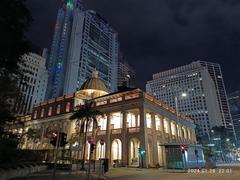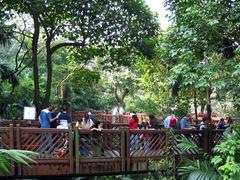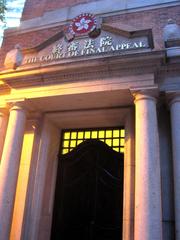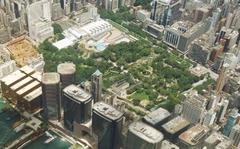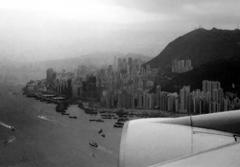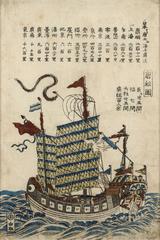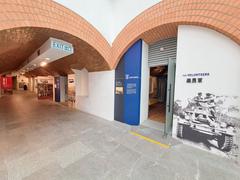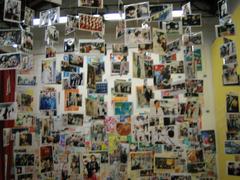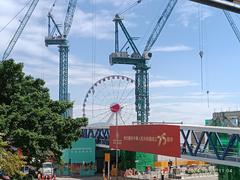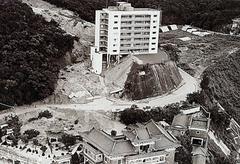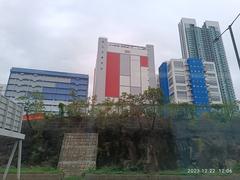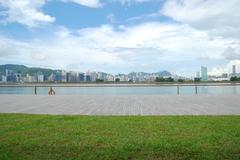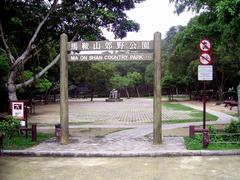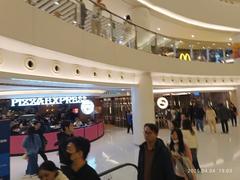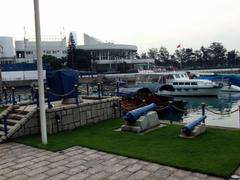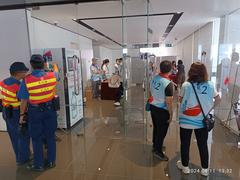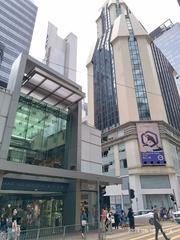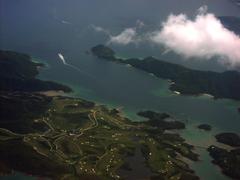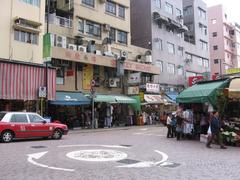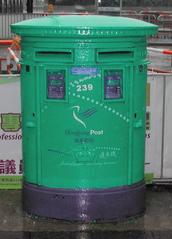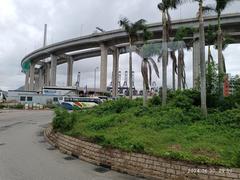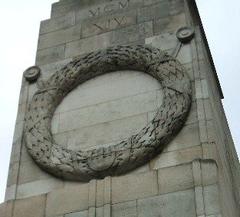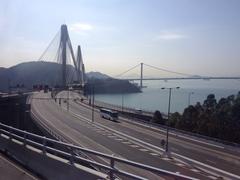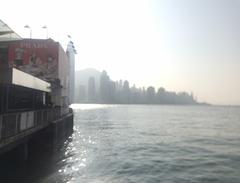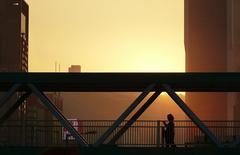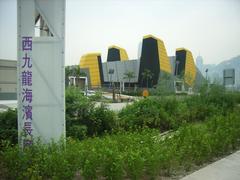Visiting the Pillar of Shame in Hong Kong: History, Legacy, and Visitor Guide
Introduction
The Pillar of Shame in Hong Kong is a powerful and enduring symbol of remembrance for the victims of the 1989 Tiananmen Square massacre. Conceived by Danish artist Jens Galschiøt and installed at the University of Hong Kong (HKU) in 1998, the 8-meter (26-foot) copper sculpture depicted 50 twisted human figures in agony, evoking themes of suffering, resistance, and hope. For over two decades, the monument served as a focal point for public commemoration and civic activism, especially during annual June 4th candlelight vigils—one of the few such commemorations permitted on Chinese soil. Its presence underscored Hong Kong’s historically unique space for free expression and peaceful protest, as well as the city’s ongoing struggle with censorship and authoritarianism (Wikipedia, Hong Kong Free Press, Global Voices, Lady Liberty Hong Kong Virtual Model).
Following the enactment of the National Security Law in 2020, the political climate in Hong Kong shifted dramatically. In December 2021, the Pillar of Shame was removed from public display by HKU authorities, sparking international condemnation and raising critical questions about freedom of expression and the preservation of historical memory in Hong Kong. Although the original sculpture is now inaccessible, its legacy persists through digital initiatives, international replicas, and ongoing public discourse.
This guide provides a comprehensive overview of the Pillar of Shame’s history, cultural significance, current status, visitor options, and related sites, offering travelers and history enthusiasts meaningful ways to engage with its legacy.
Table of Contents
- Introduction
- Origins and Artistic Design of the Pillar of Shame
- Cultural and Political Significance in Hong Kong
- Controversies and Removal
- Current Status and Visitor Information
- Artistic and Symbolic Features
- Frequently Asked Questions (FAQ)
- Summary and Final Visitor Tips
- References and Further Reading
Historical Background: The 1989 Tiananmen Square Protests
In April 1989, students and citizens gathered in Beijing’s Tiananmen Square to demand political reform and greater freedoms. The movement grew into a mass protest but was violently suppressed by the Chinese military on June 3–4, resulting in hundreds, possibly thousands, of deaths. The Chinese government continues to censor information about the events, making public remembrance and discussion highly sensitive (Wikipedia).
Origins and Artistic Design of the Pillar of Shame
Jens Galschiøt created the Pillar of Shame as part of a global series of sculptures commemorating victims of political violence. The Hong Kong pillar, unveiled in 1997 and installed at HKU in 1998, stands 8 meters tall and is constructed from copper, bronze, and concrete. The sculpture’s chaotic array of 50 intertwined human bodies and anguished faces is designed to provoke discomfort and reflection, making the horrors of Tiananmen impossible to ignore (Hong Kong Free Press, ARTnews).
Key features include:
- Twisted Human Figures: Representing the suffering and loss experienced during the massacre, with ambiguous faces symbolizing universality.
- Black Coloration: Signifying mourning and grief.
- Engraved Message: The base features the phrase “The old cannot kill the young forever,” a call for remembering and justice (New Bloom Magazine).
Cultural and Political Significance in Hong Kong
The Pillar of Shame quickly became a central symbol for Hong Kong’s annual June 4th candlelight vigils and a site for student activism and public commemoration. It underscored Hong Kong’s relative autonomy and tradition of free expression, serving as a powerful reminder of the city’s unique civic space compared to mainland China (Global Voices).
Controversies and Removal
With the introduction of the National Security Law in 2020, the political climate in Hong Kong became increasingly restrictive. In December 2021, HKU authorities removed the sculpture, citing legal and safety concerns. The removal was conducted without the artist’s consent and was widely condemned by human rights organizations, artists, and academics, who saw it as an attempt to erase uncomfortable history and restrict freedom of expression (CNN, ARTnews).
After its removal, the sculpture was placed in storage and later seized by authorities amid an “incitement to subversion” investigation. Legal disputes over the artwork’s ownership and future continue, and as of June 2025, the sculpture remains in custody, inaccessible to the public (Smithsonian Magazine, Contested Histories).
Current Status and Visitor Information
Accessibility and Visiting Hours
- Physical Access: The original Pillar of Shame is not on public display and is presently held at an undisclosed location under police custody. There are no tickets or visiting hours for the monument itself.
- HKU Campus: The site where the Pillar once stood, outside the Haking Wong Building at the University of Hong Kong, remains open to the public. However, there is no commemorative marker or sculpture present.
Virtual and Replica Exhibits
- Virtual 3D Model: The activist group Lady Liberty Hong Kong has created a detailed virtual 3D model of the Pillar of Shame using hundreds of photographs. This model allows global audiences to explore the monument online, preserving its legacy digitally.
- “Return the Pillar” AR Campaign: Launched by Jens Galschiøt and NGOdei, this augmented reality campaign lets users digitally place the Pillar anywhere in the world, share images on social media, and access 3D printing files.
- International Replicas: Replicas and miniatures have been exhibited in cities like Taipei, Oslo, and Brussels, keeping the Pillar’s message alive worldwide (New Bloom Magazine).
Nearby Historical Sites and Attractions
While the original monument is inaccessible, visitors can explore other important sites in Hong Kong:
- Victoria Park: Former site of the annual June 4th vigil.
- Hong Kong Museum of History: Offers exhibitions on Hong Kong’s cultural and political development.
- Tai Kwun Centre for Heritage and Arts: A revitalized heritage site with contemporary art and history exhibitions.
- University of Hong Kong: The campus itself, with its historic buildings and role in Hong Kong’s civil society, remains open to visitors.
Safety Considerations and Visitor Tips
- Legal Sensitivities: Discussion or public display related to the Pillar of Shame or the Tiananmen Square massacre may be sensitive under the National Security Law. Visitors should exercise discretion and respect local regulations.
- Photography: Avoid photographing or participating in political demonstrations related to sensitive topics.
- Learning Before Visiting: Familiarize yourself with the history and context of the monument through trusted digital resources before visiting related sites.
Artistic and Symbolic Features
The Pillar of Shame’s design—its mass of anguished human forms and its bold, somber coloration—serves as a stark reminder of the consequences of state violence and the importance of memory. The sculpture’s inscription, “The old cannot kill the young forever,” urges ongoing resistance to authoritarianism and hope for future generations (Hong Kong Free Press).
Frequently Asked Questions (FAQ)
Q: Can I visit the original Pillar of Shame in Hong Kong?
A: No, the original sculpture was removed in December 2021 and is currently held in custody by Hong Kong authorities.
Q: Are there tickets or visiting hours for the Pillar of Shame?
A: There are no tickets or official visiting hours, as the monument is not publicly accessible.
Q: How can I engage with the Pillar of Shame today?
A: You can explore the virtual 3D model online, participate in the “Return the Pillar” AR campaign, and visit international replicas or related exhibitions abroad.
Q: Is it safe to discuss or photograph the Pillar of Shame in Hong Kong?
A: Given current political sensitivities, visitors are advised to exercise caution and respect local laws regarding political expression.
Summary and Final Visitor Tips
The Pillar of Shame remains a deeply significant symbol of remembrance and human rights advocacy. Despite its physical removal from the University of Hong Kong in 2021 under the National Security Law, the monument’s impact endures through digital preservation, international replicas, and the memory of Hong Kong’s civil society. Visitors can meaningfully engage with its legacy by exploring virtual and augmented reality experiences, attending international exhibitions, and visiting related historical sites such as Victoria Park and the Hong Kong Museum of History.
Approach the topic with awareness and sensitivity to local laws. Use reliable sources and digital platforms to stay informed, and consider using curated travel apps like Audiala for updates on Hong Kong’s historical and cultural landmarks.
The Pillar of Shame is a testament to the enduring power of art to confront injustice and preserve the memory of those who sought freedom. Its story inspires ongoing reflection and solidarity in the struggle for human rights (ARTnews, CNN, New Bloom Magazine, Global Voices).
References and Further Reading
- Wikipedia, 2025, Pillar of Shame
- Hong Kong Free Press, 2018, Pillar of Shame History
- Global Voices, 2021, Hong Kong Pillar of Shame Removal
- Lady Liberty Hong Kong, 2025, Virtual 3D Model of Pillar of Shame
- ARTnews, 2021, Pillar of Shame Removal and Impact
- CNN, 2021, Hong Kong Tiananmen Statue Removed
- New Bloom Magazine, 2022, Pillar of Shame in Taiwan and Hong Kong
- Smithsonian Magazine
- Contested Histories
- Financial Times

